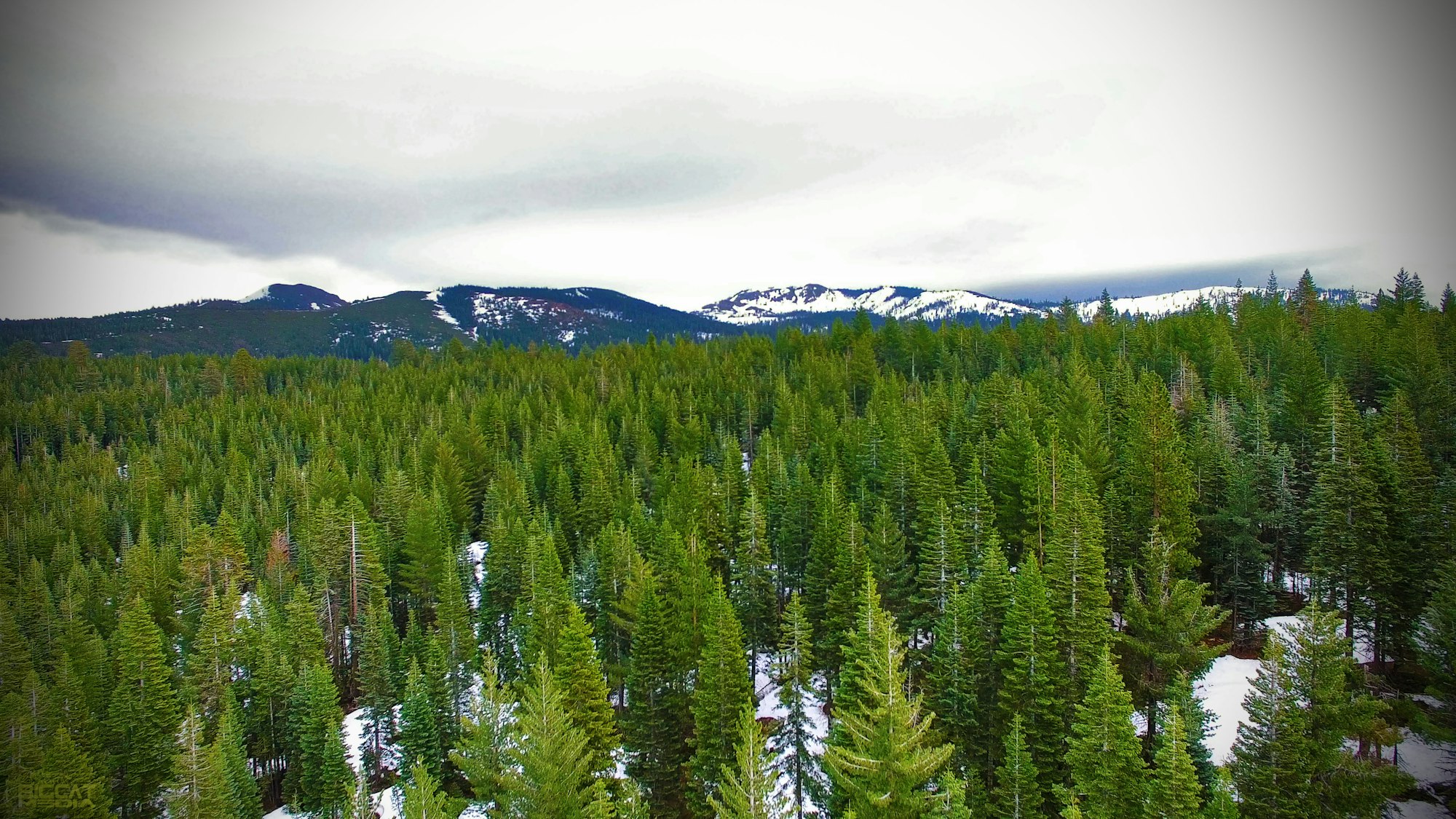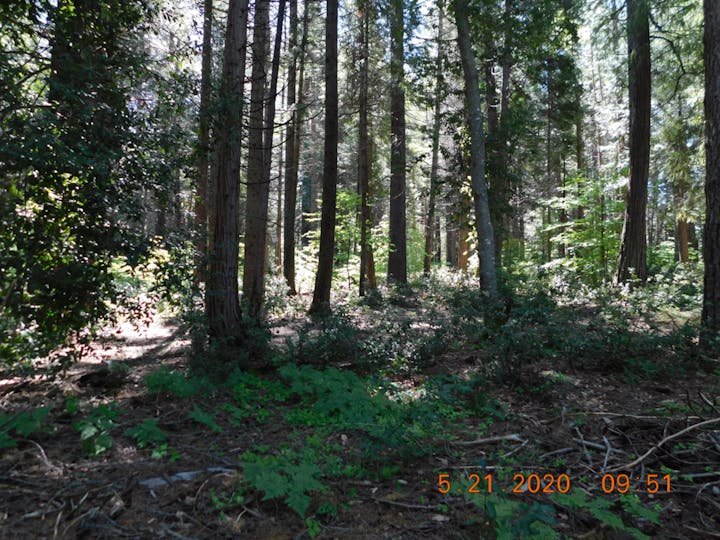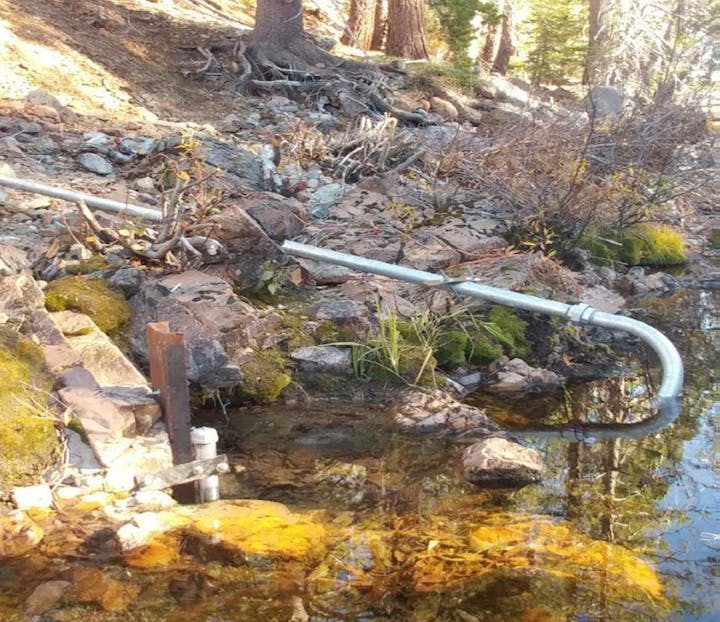Stewardship

The Nevada Irrigation District is committed to improving the resiliency and sustainability of the watersheds in our care. Healthy watersheds provide water for human use and to sustain aquatic and terrestrial ecosystems.
NID works with partners in different agencies and organizations to implement forest thinning, restore mountain meadows, improve fish habitat, and build trails.
We Partner for Healthy Forests and Fire Safety
Wildfire is a natural occurrence, but it is also the single largest threat to the forest condition and long-term functionality of our watersheds. Forest management projects are essential for protecting the watersheds in our care. Forest thinning reduces ecosystem stressors and increases water yield by removing selected trees. Trees use groundwater and expel it as water vapor through a process called evapotranspiration and thinning forests can recapture 5-10% of a watershed’s water yield. Additionally, selectively thinned forests are able to grow faster, allowing them to capture more atmospheric carbon, which helps to reduce greenhouse gases that lead to climate change. Projects include fire hazard mitigation and hazard tree removal, forest community improvement, and habitat restoration.
You might see us at work around Scotts Flat and Rollins Reservoirs thinning forests and removing the underbrush. A collaborative effort with CalFire, US Forest Service, and Sierra Conservancy we reduce the density of the forested area on and around NID property. Learn more here
We Partner to Restore Meadows
NID partners with CSU Sacramento, experts in meadow restoration, to improve the ecosystems at English Meadow near the upper reaches of the Middle Yuba River, home to the source of NID’s snowmelt water supply. We work with leaders to assess the current conditions and return them to a natural flood plain. Learn more here.
We Partner for Fish
Fish Passage Project
Working with the community and local fishing and environmental advocates, NID built a “nature-like fish way” with a series of rock chutes and step pools which were sculpted into the streambed. Concrete cutoff walls designed to stem erosion were buried up to 13 feet into the channel and stabilized by large rock and smaller materials. Native plants were added to the newly reconfigured steam banks. The project received accolades from nearby residents as well as from fishing and environmental advocates who are enthusiastic about opening an additional mile of Auburn Ravine to fish movement. Community groups believe that the project would lead to more fish migration. Upstream, in Auburn, city officials viewed the project as an initial step in a long term vision of opening Auburn Ravine all the way to their city. Learn more here.
Quagga and Zebra Mussel Prevention and Monitoring Program
Quagga and Zebra mussels are aquatic invasive species that are not native to California Lakes. In some areas they have clogged drinking water intakes; fouled boat hulls, motors, and equipment left in lakes. Their sharp shells litter beaches. They harm native fish by consuming food and often kill native mussels, crayfish, and snails through fouling.
NID has assessed the vulnerability and is working to prevent the introduction of Quagga and Zebra mussels (dreissenid mussels) into three lower-elevation storage facilities: Scotts Flat, Rollins and Combie Reservoirs. Learn more here.






